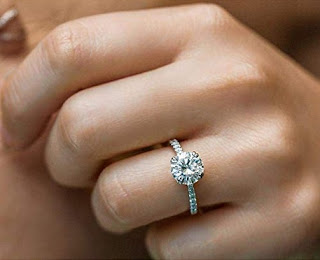Have you ever wondered about the origins of the phrase "to tie the knot" when talking about getting married? It turns out this saying comes from an ancient custom known as handfasting. The same is true for the phrase, "bonds of matrimony." This tying together of the bride and groom's hands (wrists) was how couples in Great Britain pledged their betrothal in front of witnesses in ages past. Today it is a popular addition to traditional weddings for couples looking to add a strong cultural or historical element to incorporate in their ceremony.
Handfasting goes back to Greece and Rome
The practice of handfasting was originally practiced by the Greeks and Romans. In the Roman celebration, a garland was fashioned from magnolias, elder and roses which they used to wrap around the couple's wrists. This practice was thought to represent love and fidelity.
Handfasting common tradition in Ireland and Scotland
The handfasting ceremony became especially common in Ireland
and Scotland and turned out to be the way couples were "officially"
married in the times before the church became involved in performing weddings and makes a popular choice for couples who choose a medieval theme or fantasy theme for their wedding.
 |
Handfasting today
Today, many people consider handfasting a strictly pagan
custom often used in non-traditional marriages, but really it is a wedding
ritual that can easily be incorporated into a traditional wedding while
exchanging vows. In fact, it's a meaningful ritual that makes a perfect choice
for couples looking to incorporate a visual that symbolizes their love, and for those
of Scottish or Irish decent it is an opportunity to add a nice historical tie to their roots.
Traditionally silk cords are used in handfasting, but today some
people use something that adds a personal touch meaningful to them. This might include cloth
strips or one large piece of cloth made from something that holds special significance,
like a piece of a mother or grandmother's wedding dress. Others choose several
ribbons or a number of different colors with each color representing a different meaning.
Whatever you choose to use to tie the knot, this timeless tradition symbolizes the union of two people
and their willingness to spend the rest of their lives together. And while the
practice itself is an ancient tradition, today couples can find many different
versions to choose from whether it is for a wedding or a renewal of vows.
* * *
Thanks so much for being part of our success.
Photo credits: Lord and Lady Glendale, wikimedia, wikimedia,



















